10+ Years Experience
Specialist Horse Menages

Enquire Today For A Free No Obligation Quote
In this blog post, we will explore the many “benefits of incorporating different training exercises into your horse menage routine”, from enhancing fitness levels to preventing injuries.
So, saddle up, and let’s dive into the fascinating world of diverse horse training techniques.
Incorporating a variety of training exercises into your horse’s routine can lead to improved physical fitness, enhanced mental engagement, and decreased risk of injury.
One effective approach to diversifying your horse’s training is interval training, which involves alternating between high-intensity and low-intensity activities, like those performed by a dressage horse.
Interval training can help to extend exercise duration for young horses by pushing their anaerobic limits, allowing them to work longer before fatigue sets in.
Limiting intense activity to short periods of time while providing the horse with sufficient rest is beneficial.
Cardio exercises, like walking and long-reining, are beneficial for reintroducing a horse to work and enhancing their fitness by targeting different muscle groups.
These low-intensity activities should be included in a mature horse’s exercise regimen, similar to human athletes who incorporate cardio training in their routines.
Senior horses benefit significantly from appropriate warm-up and cool-down sessions as this prevents unnecessary strain on their muscles, joints, and ligaments while also stimulating their horse’s brain.
Incorporating a range of exercises into a horse’s schooling session can enhance their fitness and performance.
Aerobic exercises, for example, are high-intensity activities that help develop the muscle’s capacity for oxygen storage to fuel these activities, which can be performed in an indoor arena or outdoors.
Successful hacks are largely dependent on the horse’s ability to understand and respond to the rider’s commands, a skill honed through proper training.
Outside the arena, hill work and transitions on hilly terrain can be effective for building muscular strength.
Offering a mix of training exercises engages and develops various muscle groups in your horse.
This not only helps to improve their physical condition, but also prepares them for the challenges they may face in competitions and other riding scenarios.
Hill work, for example, can help build strength and stamina in your horse’s muscles, making them more resilient and better able to handle the demands of different types of terrain.
A content and robust horse is often the result of mental stimulation and engagement. A routine training program can have a considerable effect on a horse, both mentally and physically, leading to boredom and the accumulation of small injuries.
Horse agility, an equestrian sport that emphasizes clear communication between handler and horse, offers a fun and positive approach to developing trust.
Not only does horse agility benefit the horse, but it also helps the handler refine their horsemanship, communication, and timing abilities with the horse.
Incorporating diverse training exercises provides the mental challenge necessary to keep your horse engaged and content.
This is especially important for horses that spend a lot of time in the stable or have limited turnout, as boredom can lead to behavioural issues and poor performance.
Mixing up your horse’s training routine with different exercises keeps their minds sharp and helps maintain their enthusiasm for work.
Preventing injuries can be achieved through a well-rounded training routine that adequately works and strengthens all muscle groups. Some strategies to help prevent injuries in horses include:
It is important to take into account the horse’s individual needs and fitness level when gradually introducing exercises into their routine.
Preventing injuries is not only essential for your horse’s health and well-being but also for their performance in competitions and other riding scenarios.
By incorporating a variety of exercises that target different muscle groups, including the horse’s muscles, you can help to minimise the risk of overuse injuries and ensure that your horse stays fit and healthy throughout their training and competition career.
Cross-training techniques, such as:
When the horse begins its training, it can improve its balance, suppleness, strength, endurance, agility, and coordination by working with the horse regularly.
Tailoring cross-training to a horse’s needs involves evaluating the horse’s fitness level, devising a comprehensive fitness training exercise program, and consistently monitoring progress to make necessary adjustments in the horse’s training.
Implementing cross-training techniques into your horse’s exercise routine encourages the development of a well-rounded athlete, capable of performing at their best in various riding scenarios.
By targeting different aspects of your horse’s fitness, you not only improve their overall performance but also promote their health and well-being.
Dressage exercises help develop balance, suppleness, and communication between horse and rider.
Lateral work and spirals are two of the most beneficial exercises for developing suppleness and balance.
Executing dressage exercises requires maintaining balance, timing, and rhythm to ensure the size, shape, and uniformity of each round.
Incorporating dressage exercises into your horse’s training routine can have several benefits, including:
By working together through these exercises, you and your horse can achieve a higher level of performance and enjoyment in your training sessions.
Hill work is an effective way to build strength and endurance in your horse’s muscles.
Practicing transitions on hills can be beneficial for impulsion, collection, and acceptance of the aids, with the added challenge of performing downward transitions downhill.
When performing downward transitions on hills, it is imperative to maintain the horse’s balance and rhythm; the rider should utilise their seat and legs to ensure the horse remains balanced and maintains a consistent rhythm.
Incorporating hill work into your horse’s training routine offers several benefits:
Incorporating jumping and pole work into your horse’s routine can improve their agility and coordination.
Pole work exercises and cavaletti, ridden in walk, aim for the horse to step over the poles with a normal stride rather than jumping them.
Gridwork exercises can also be advantageous for improving jumping and can be beneficial for horses of all ages and types.
By incorporating jumping and pole work exercises into your horse’s training routine, you help to develop their ability to quickly adjust to different challenges and obstacles.
These exercises not only improve their agility and coordination but also build their confidence and trust in you as their rider, leading to a stronger partnership and better performance in the show ring.
Tailoring your horse’s training sessions to their individual needs is essential for optimal performance and well-being.
To achieve this, you should assess your horse’s fitness level, create a balanced exercise routine, and monitor their progress and make adjustments as needed.
By taking these steps, you can ensure that your horse’s training program is both effective and safe, promoting their overall health and happiness.
Understanding your horse’s unique needs and preferences is key to developing a successful training program.
By customising their training sessions, you can ensure that they are challenged, engaged, and enjoying their work, leading to a happier, healthier, and more successful horse in the long run.
The appropriate intensity and duration of your horse’s training sessions are determined by assessing their fitness level.
To evaluate a horse’s fitness level, observe their body condition, muscle tone, and gait, as well as monitor their heart rate and respiration rate during exercise.
A fit horse will exhibit a healthy body condition, well-developed muscle tone, and a strong, consistent gait.
By regularly assessing your horse’s fitness level, you can ensure that their training sessions are tailored to their individual needs and abilities.
This not only helps to prevent injuries but also allows them to continue improving and reaching new milestones in their performance.
A balanced exercise routine, inclusive of different training exercises, addresses all aspects of your horse’s fitness.
When constructing a balanced exercise routine for a horse, it is important to take into account the age, breed, and current fitness level of the animal.
To ensure a comprehensive fitness program, incorporate exercises that target strength, endurance, and agility.
A well-rounded exercise routine not only helps to improve your horse’s overall performance but also promotes their health and well-being.
By incorporating a variety of exercises that target different muscle groups, you can help to minimise the risk of overuse injuries and ensure that your horse stays fit and healthy throughout their training and competition career.
Facilitating growth and ensuring your horse remains challenged requires regular monitoring of their progress and necessary adjustments to their training routine.
To monitor the progress of a horse’s exercise routine, you can track respiratory rates and heart rates, keep a log of measured parameters.
Additionally, consulting with a veterinarian or equine professional is advised for further guidance.
By keeping a close eye on your horse’s progress, you can identify any areas in which they may be struggling or excelling and adjust their training routine accordingly.
This not only helps to prevent injuries but also allows them to continue improving and reaching new milestones in their performance.

Rest and recovery play a vital role in your horse’s overall health and well-being.
Establishing an equine conditioning program facilitates the formation of a bond between you and your horse, and provides an understanding of their physical capabilities and fitness.
Maintaining a healthy balance between exercise and rest involves incorporating both active rest days and appropriate cool-down techniques into your horse’s training routine.
Keeping your horse healthy, happy, and performing at their best requires an understanding of the importance of rest and recovery.
By incorporating appropriate rest periods and cool-down techniques into their training program, you can help to prevent injuries, promote recovery, and ensure their overall well-being.
Active rest days, which involve light exercise, can help maintain your horse’s fitness while allowing their muscles to recover.
After a long season of work, it is recommended to keep horses active by working them lightly three to four days per week, in order to maintain a baseline level of fitness and facilitate a quicker return for the next competitive season.
Incorporating active rest days into your horse’s training routine has several benefits:
By striking the right balance between work and rest, you can optimize your horse’s training and overall well-being.
Preventing injuries and promoting recovery after training sessions are facilitated by proper cool-downs. Appropriate cool-down methods for horses include:
These techniques can assist in decreasing muscle soreness, enhancing circulation, decreasing the likelihood of injury, and encouraging relaxation.
Incorporating proper cool-down techniques into your horse’s training routine not only helps to prevent injuries but also promotes their overall well-being.
By allowing their muscles to recover and relax after a training session, you can help to ensure that your horse stays healthy, happy, and ready to perform at their best.
In conclusion, incorporating diverse training exercises into your horse’s routine can significantly improve their overall fitness, mental engagement, and injury prevention.
Cross-training techniques, such as dressage, hill work, and jumping, can enhance your horse’s balance, suppleness, strength, endurance, agility, and coordination.
Tailoring your horse’s training sessions to their individual needs and monitoring their progress is essential for optimal performance and well-being.
Finally, rest and recovery play a vital role in your horse’s overall health, ensuring they remain healthy, happy, and ready to perform at their best.
Cross-training is an excellent way to prevent boredom and repetitive motion injuries, improve muscle and bone strength, and provide mental stimulation for horses.
It can also help improve coordination, decrease the chance of injury, and give your horse an overall fitness boost.
Exercise helps horses to develop and maintain strong bones and feet, a healthy heart and lungs, and a functioning digestive system.
Movement keeps their circulation working properly, ‘pumping’ fluid back up their legs.
You can exercise your horse by riding, lunging, hand-walking, equine massage and stretching, turning out in the pasture, pony-riding off of another horse, driving, and liberty training.
Additionally, you can incorporate hill work, small jumps/logs, lunging work, and carrot stretches into your training routine.
Assess your horse’s fitness level by observing their body condition, muscle tone and gait, and monitoring their heart rate and respiration rate during exercise.
During exercise, pay attention to your horse’s heart rate and respiration rate. This will give you an indication of their fitness level.
Additionally, look for signs of muscle tone and body condition.
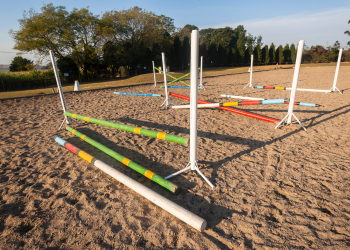
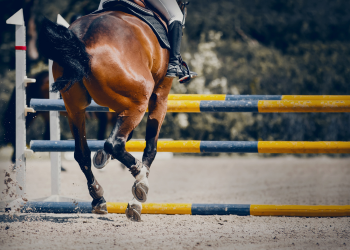
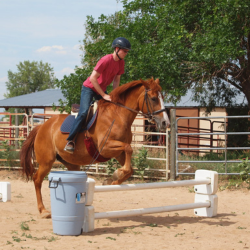
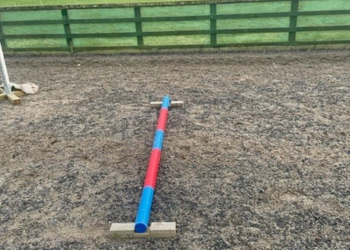
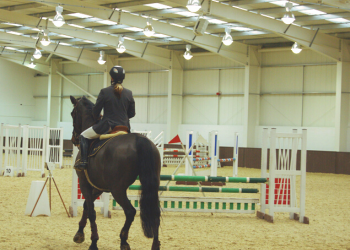
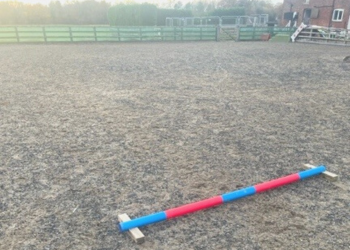
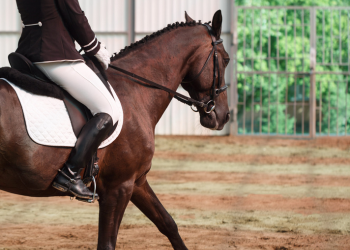

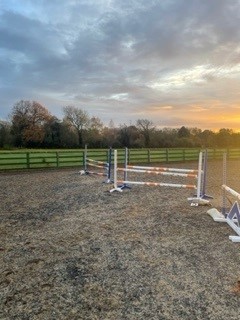
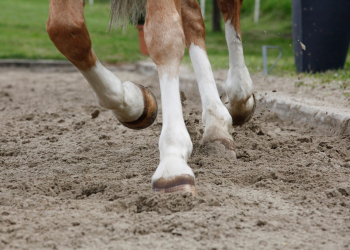
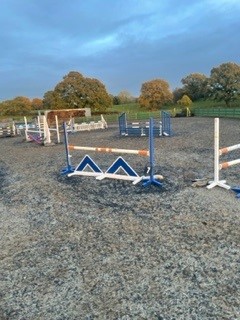
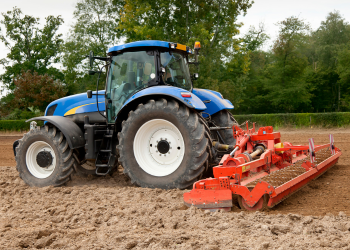

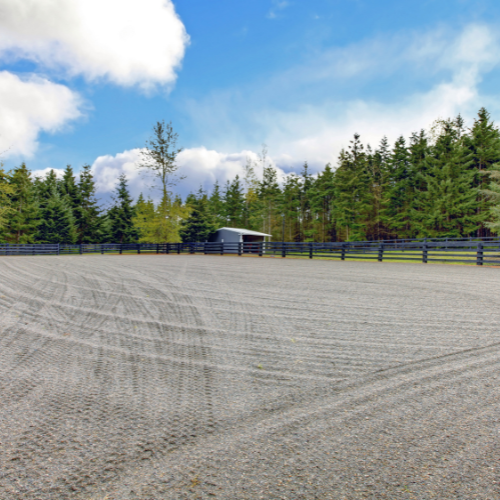



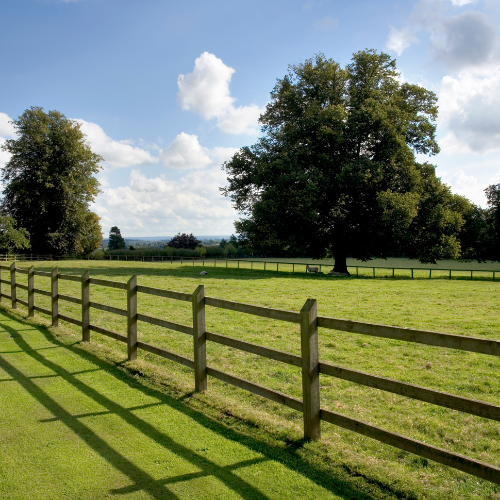

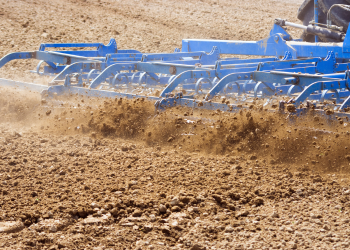
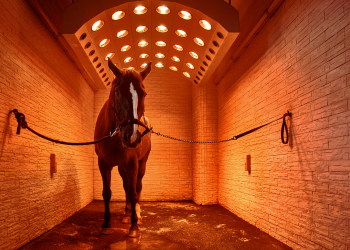


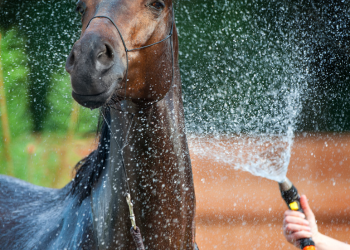
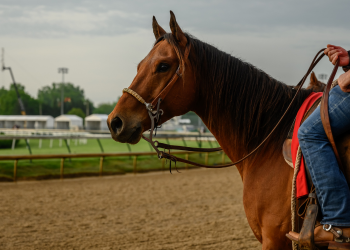
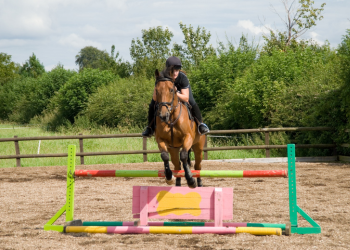
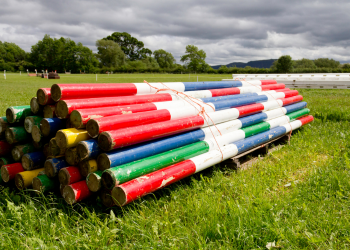
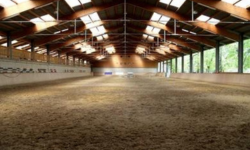
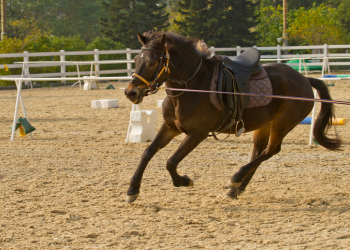

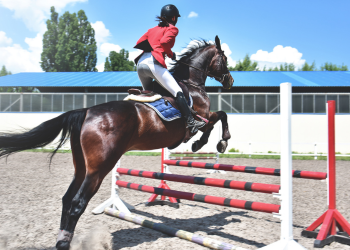
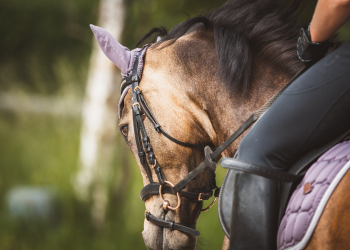
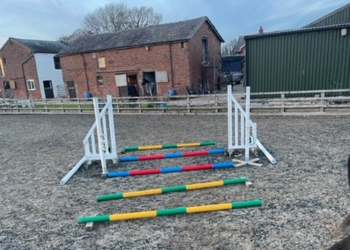


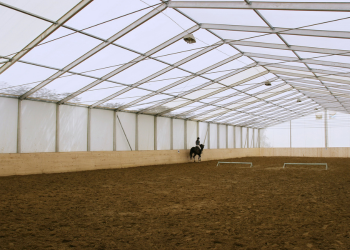
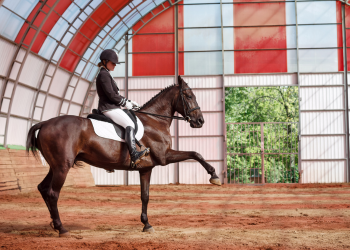
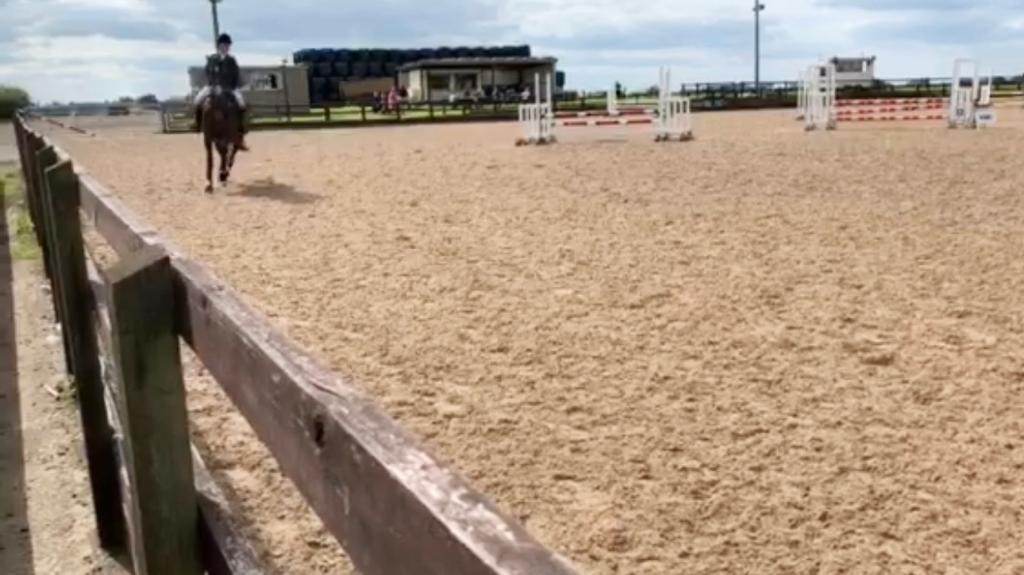
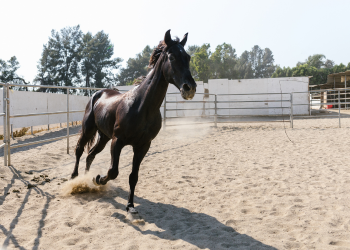


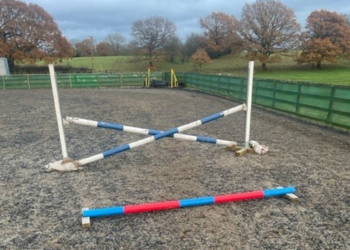


We Aim To Reply To All Enquiries With-in 24-Hours